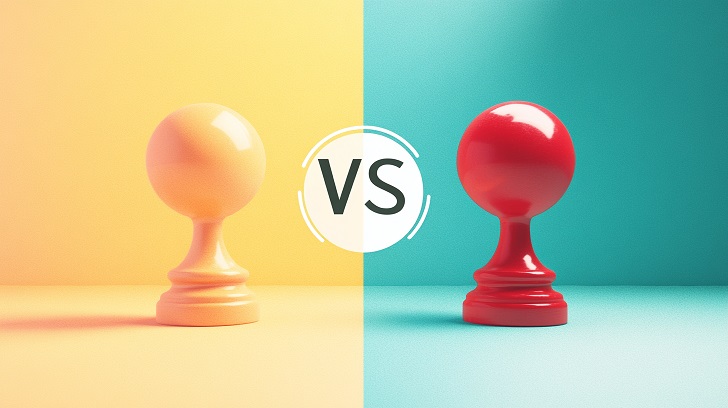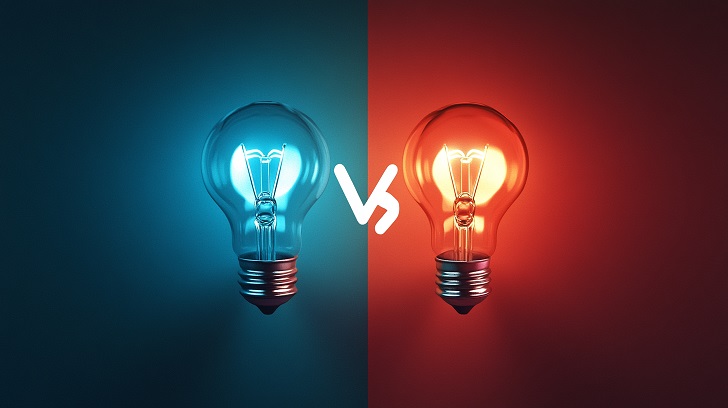Embarking on a startup journey is exhilarating. But before setting sail, every entrepreneur must decide how to build their vessel — the product. There are two prevalent schools of thought: MVP, Minimal Viable Product, and the less commonly known MDP, Minimum Delightful Product. To steer your nascent venture in the right direction, understanding the distinction between these two and making an informed choice is key.
MVP
Introduced to the startup lexicon by Eric Ries in his Lean Startup methodology, the MVP is a version of the product possessing just enough features to satisfy early adopters. Its primary function is to elicit feedback as quickly as possible and iterate based on insights from the initial users.
With 42% of startups failing due to a lack of market demand according to CB Insights, MVPs are critical to verifying the market need without investing undue time and resources. The lean startup approach has been the north star for many successful ventures, providing a method to test hypotheses about customers and their interest, or lack thereof, in the product.
MDP
On the flip end of the spectrum, we find an approach that’s been casting waves lately — the MDP. Comparable to the MVP in its fundamental aspect of being minimal, it diverges with its emphasis on the user experience. The aim is to not just introduce a functional product but to captivate and delight the user from the very first interaction.
While this concept may seem luxurious, it’s grounded in statistics: a study by the Oxford Journal of Product Design & Development Management has found that a product’s usability and aesthetic quality can significantly impact customer satisfaction. Thus, a delightful user experience right off the bat could tip the scales in a product’s favor.
MVP vs. MDP
When evaluating MVP and MDP, one might wonder if they’re discussing two entirely different artifacts. Nonetheless, both have prominence in today’s cutthroat startup ecosystem. Yet, in their essence, they are two sides of the same coin — they are about starting small but starting right.
The MVP is your trusty compass — it won’t necessarily win beauty contests, but it will guide you to your destination. It’s about minimalism, risk management, learning, and pivoting — everything you need when you’re charting unknown territories and need to conserve resources. It is tangible proof that your idea has room to grow, offering tangible evidence to backers and potential investors, which is essential, considering that, according to Fundable, only 0.91% of startups are funded by angel investors, and 0.05% by VCs.
On the other hand, the MDP could be painted as the beautiful vessel with a figurehead that promises to weather the storms while enchanting its crew. It takes the MVP one step further, infusing into it an element of emotion and connection, appealing directly to the users’ hearts and minds — and establishing brand loyalty from the get-go.
Which Approach Suits You?
When you’ve got an idea brimming and you’re raring to launch, the dilemma of choosing between MVP and MDP can feel like a fork in the voyage. Which route should you take? Well, this is not a one-size-fits-all map. It’s dependent on numerous factors:
- Industry Expectations: Certain sectors have a higher threshold for user experience. For example, in the app world, where user interface aesthetics can be a deal-breaker, an MDP approach might make the first impression count.
- Target Audience: Who are your early adopters, and what do they value? For some, functionality will trump design, while for others, the joy of use might command more weight.
- Resource Availability: Can your startup afford the additional resources required to develop an MDP, or is the lean approach of MVP more pragmatic?
- Competitive Landscape: If you’re entering a market with many similar products, an MDP might give you the differentiation edge. Conversely, if speed-to-market is critical to capture a niche, an MVP might be your fast-track ticket.
- Risk Appetite: If failing fast and pivoting is your philosophy, an MVP aligns with this approach. On the flip side, an MDP could be the game-changer if you’re betting on a strong, lasting first impression.
Can MVP and MDP Coexist?
It might seem like choosing between an MVP and an MDP is binary, with each approach presenting a different pathway to product development. However, understanding them as sequential phases rather than mutually exclusive options presents a new perspective. An MVP can graduate to an MDP as it gains traction, while an MDP’s desirability factor is rooted in meticulous market research that could be initiated with an MVP’s findings.
Eric Ries, the pioneer of the Lean Startup movement, suggests startups should evolve their products based on customer feedback — a nod towards the MVP-then-MDP progression.
In Conclusion
Choosing between MVP and MDP is a pivotal decision in your startup’s journey, with each bearing its own merits and perils. Whether it is the pared-down, test-and-learn approach of the MVP or the user enchanting philosophy of the MDP, your choice will shape the early days of your venture.




